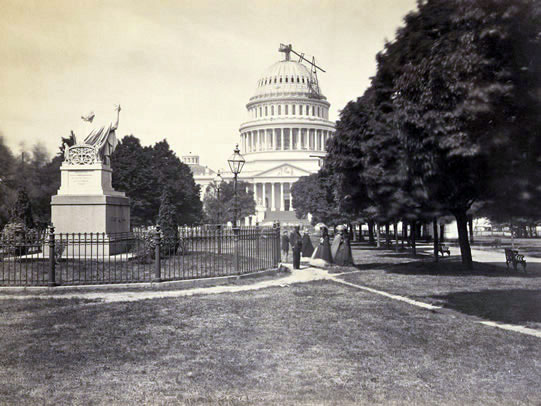The 1910 Height of Buildings Act serves as the foundation of current zoning law. The Committee of 100 promotes zoning, land use and development policies and regulations that respect this foundation, and engages with the needs and aspirations of DC residents. C100 is active in the following zoning areas:
Corridor Plans
In the last revision of the Comprehensive Plan, large stretches of DC corridors like Connecticut, Wisconsin and New York Avenues were targeted for up-zoning, encouraging development to new heights and limiting community engagement. The Committee of 100 works ensure that as plans are developed and implemented that affordable housing needs, adequate supporting infrastructure, and neighborhood protection are addressed.
Comprehensive Plan
While the DC Council approved extensive amendments to the Comprehensive Plan in 2021, a complete revision is scheduled to begin in 2025. The Comprehensive Plan sets the framework that shapes changes to the City. For as long as DC has had a Comprehensive Plan, C100 has worked with the Office of Planning, DC Council and other organizations on the text of the Plan.
Downtown
Office buildings dominate DC’s Downtown. However, the shift in office habits prompted by the coronavirus has meant that Downtown is emptier than previously and, with the decline in the value of office buildings, Downtown is not the economic engine it has been in the past. As a result. Much attention is being given to revitalizing Downtown.
Height of Buildings Act
The 1910 federal law limits heights in DC based on the width of a street, with maximum heights set at 130 feet on commercial streets, 90 feet on residential streets, and 160 feet on parts of Pennsylvania Avenue. Height limits have established the District's iconic horizontal skyline, prioritized the primacy of the nation's capital monuments, and created incomparable views from many parts of the city. The Committee of 100 has joined with other advocacy groups to preserve the Height of Buildings Act when there are attempts to chip away at the act to allow private development to control the skyline.
Inclusionary Zoning
The Inclusionary Zoning Program (IZ) requires that most new and some renovated residential developments include a minimum number of affordable units for rent or sale. Those eligible enter a lottery that assigns these units. C100 in testimony on IZ urges its application in the Downtown; correction of flaws in the formula for the Expanded IZ program that could produce less affordable housing; lowering of eligibility maximums; and expanding the requirements to require a greater percentage of affordable housing in new developments.
Oversight of Office of Planning and Office of Zoning
The Committee of 100 participates in Council oversight of the Office of Planning, the Office of Zoning, the Zoning Commission, and the Board of Zoning Adjustment to convey how these agencies and bodies interact to support sound land use and development decision-making and the public interest. The Committee of 100 urges the independence of the regulatory bodies with a dedicated staff that would allow the Office of Planning to regain its primary function under the mayor. C100 links the Council’s interest in ensuring transparency, dissemination of disaggregated data, racial and economic equity and inclusion, and full public engagement in public processes with proposed zoning actions that often conflict with the Council’s goals as expressed in the Comprehensive Plan for the District of Columbia.
Racial Equity
The DC Council highlighted racial equity as a city-wide value and goal in the 2021 DC Comprehensive Plan. The Council specifically directed that land use decisions should include a racial equity analysis to account for past discrimination and avoid future outcomes that could lead to displacement and continue segregated patterns. The Committee of 100 supports transparent racial equity analyses of land use proposals, including planning documents, that are based on disaggregated data, community engagement, and clear goals.
Zoning Regulation Revisions
The Zoning Act of March 1, 1920 established the Zoning Commission for the District of Columbia. With impetus from the Lewis Commission of 1950, a more comprehensive set of regulations was implemented in 1958. These regulations were in use, expanded and revised until the DC Council ordered a code revision and appointed a ZRR Task Force to represent the city wards and various organizations in the rewrite process. A rewritten code was approved by the Zoning Commission in 2016.
Individual Zoning Cases
The Committee of 100 on occasion testifies or submits comments on individual zoning cases where the subject doesn’t fit under the topics above.






